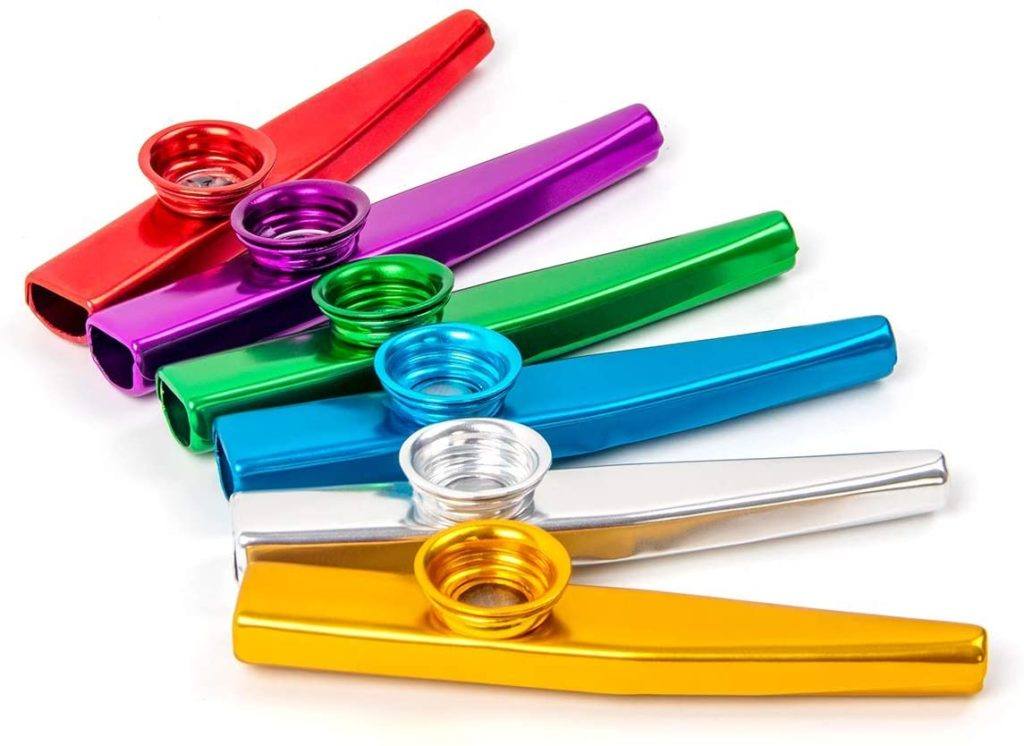Legend of the Philippines.
To start with I would display a photo of a famous legend of the Philippines.
Their task would be acting up their guesses about the two main characters and what coul've happened in small groups.
Secondly I'd give them instructions to create a kazoo, which is an American musical instrument that adds a "buzzing" timbral quality to a player's voice when the player vocalizes into it. Luckily, it's not that hard to make one—you can make a simple kazoo out of a comb or toilet paper roll, or a more complicated one out of wood!.
Then I would give them the story cut into pieces so that they could join them and get to the end
Finally they would write up a poem from a few words of the legend that we would include in the initial image.
Mª Jesús Walias



Comentarios
Publicar un comentario